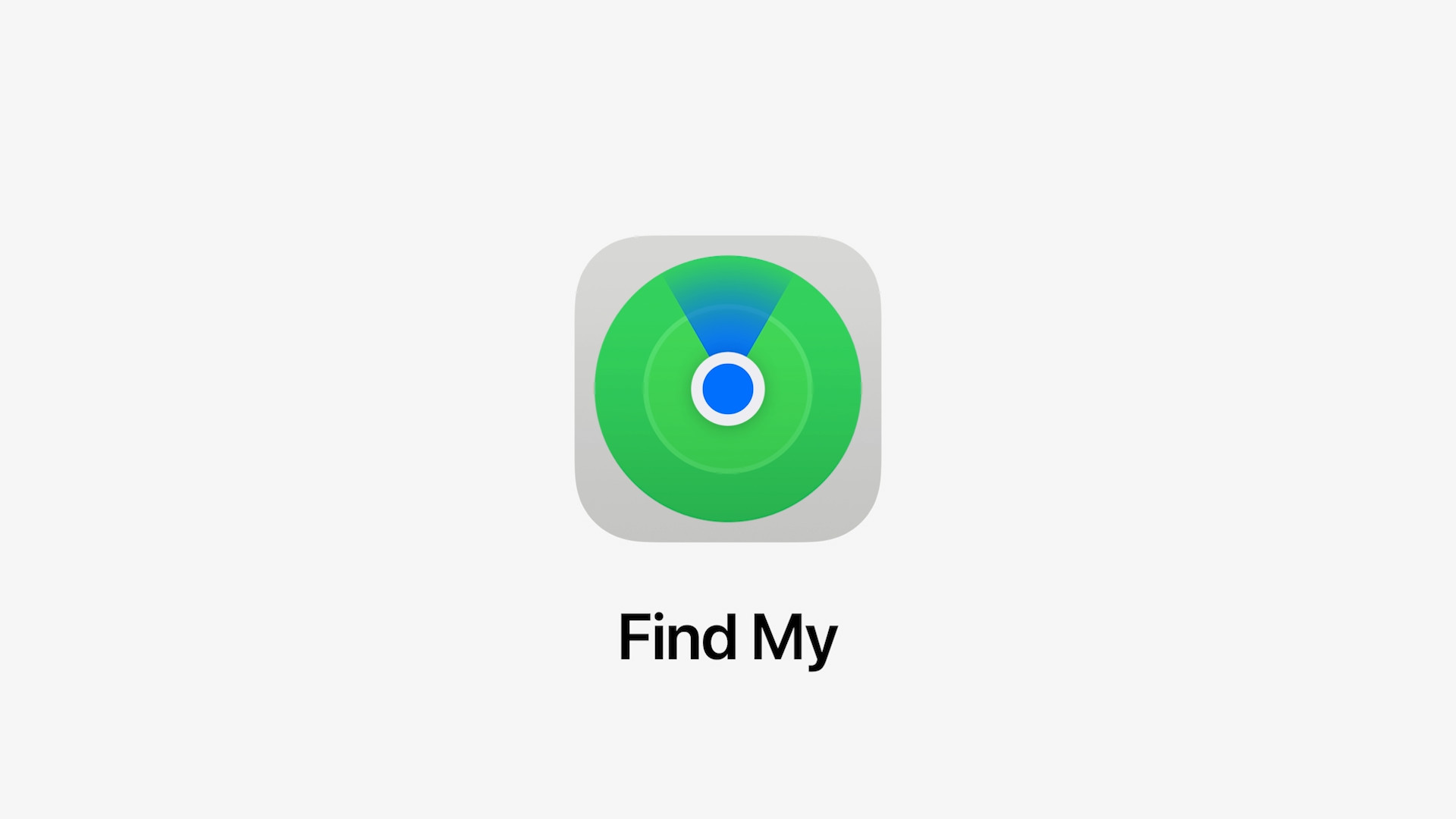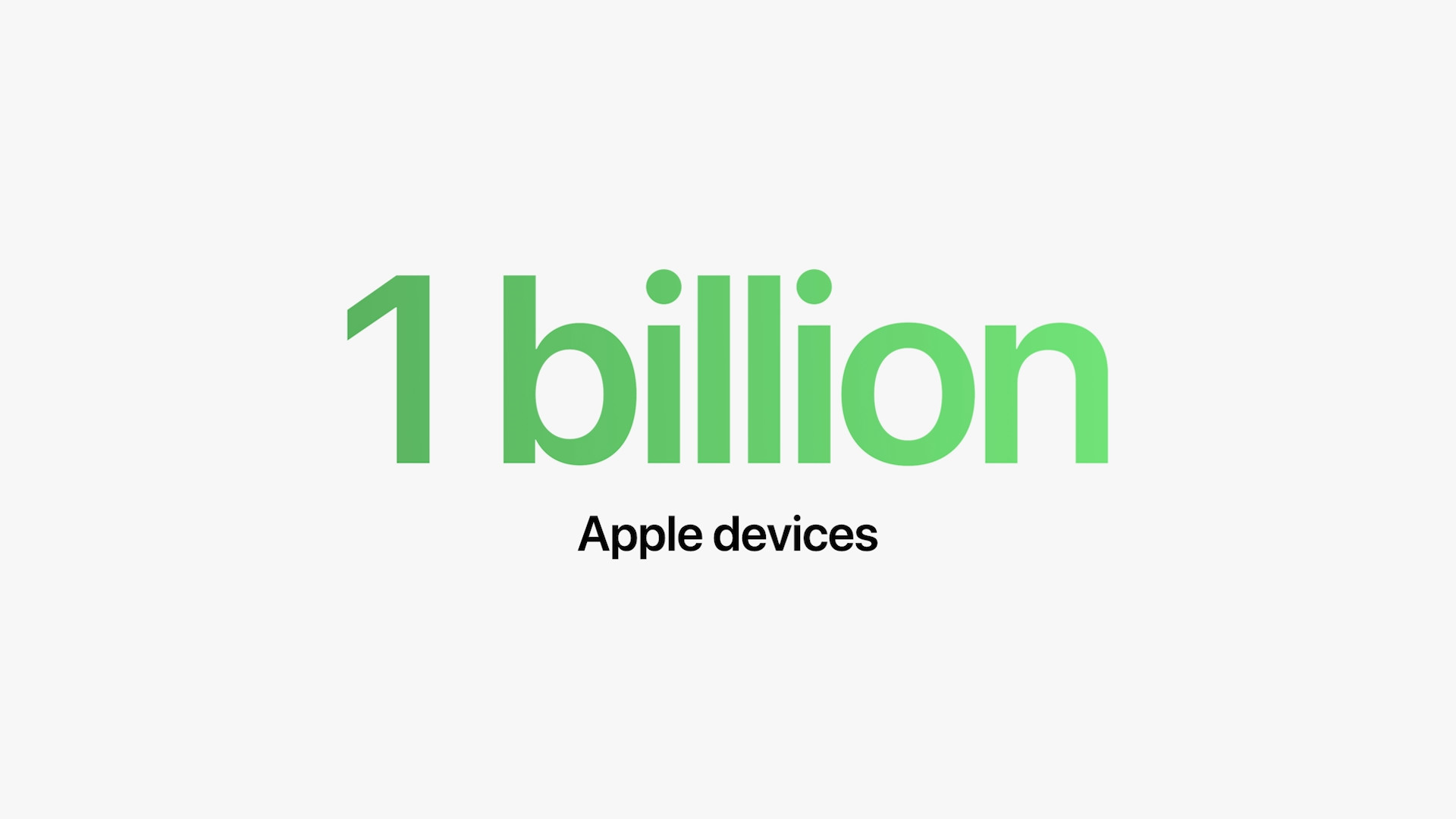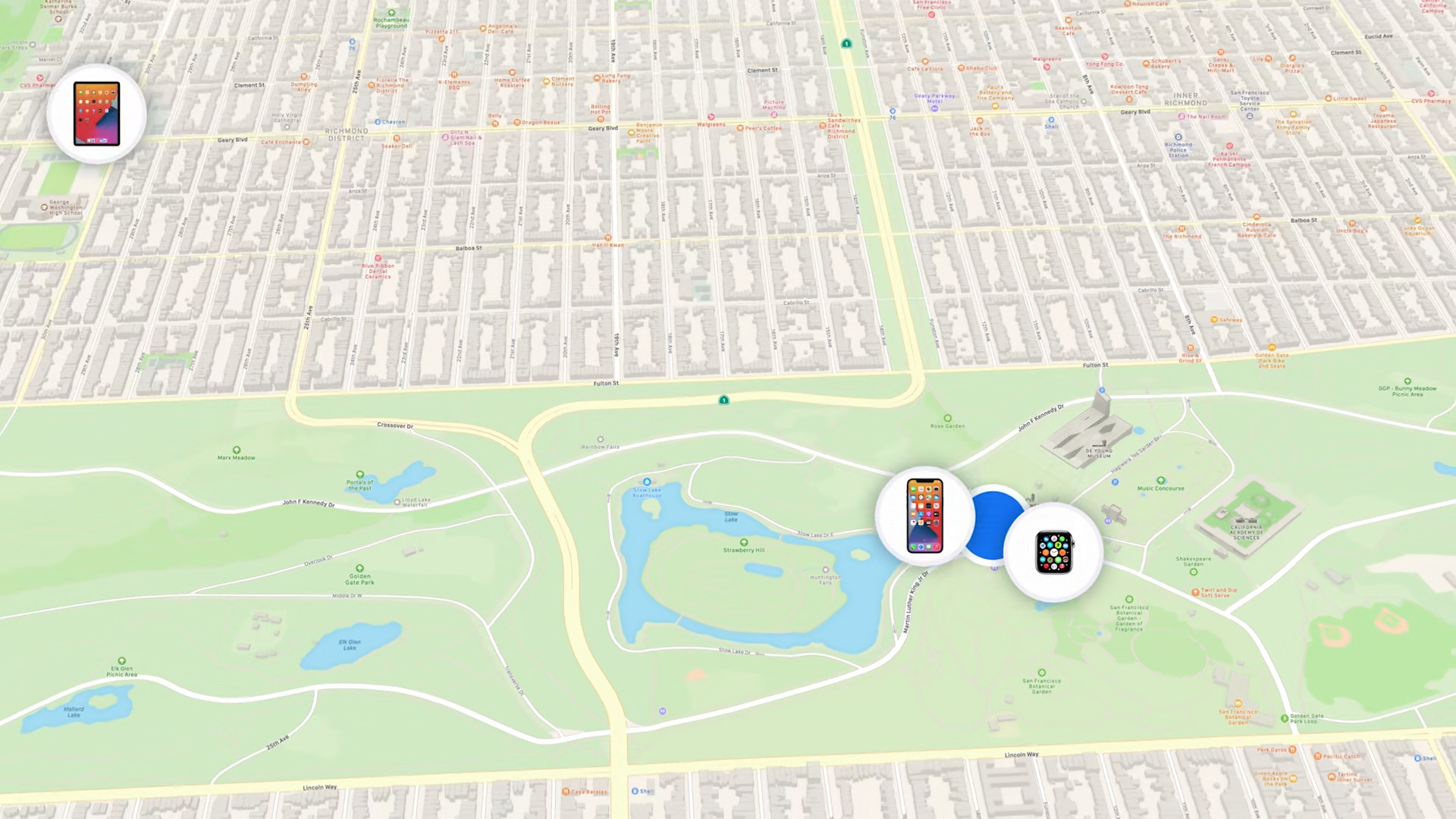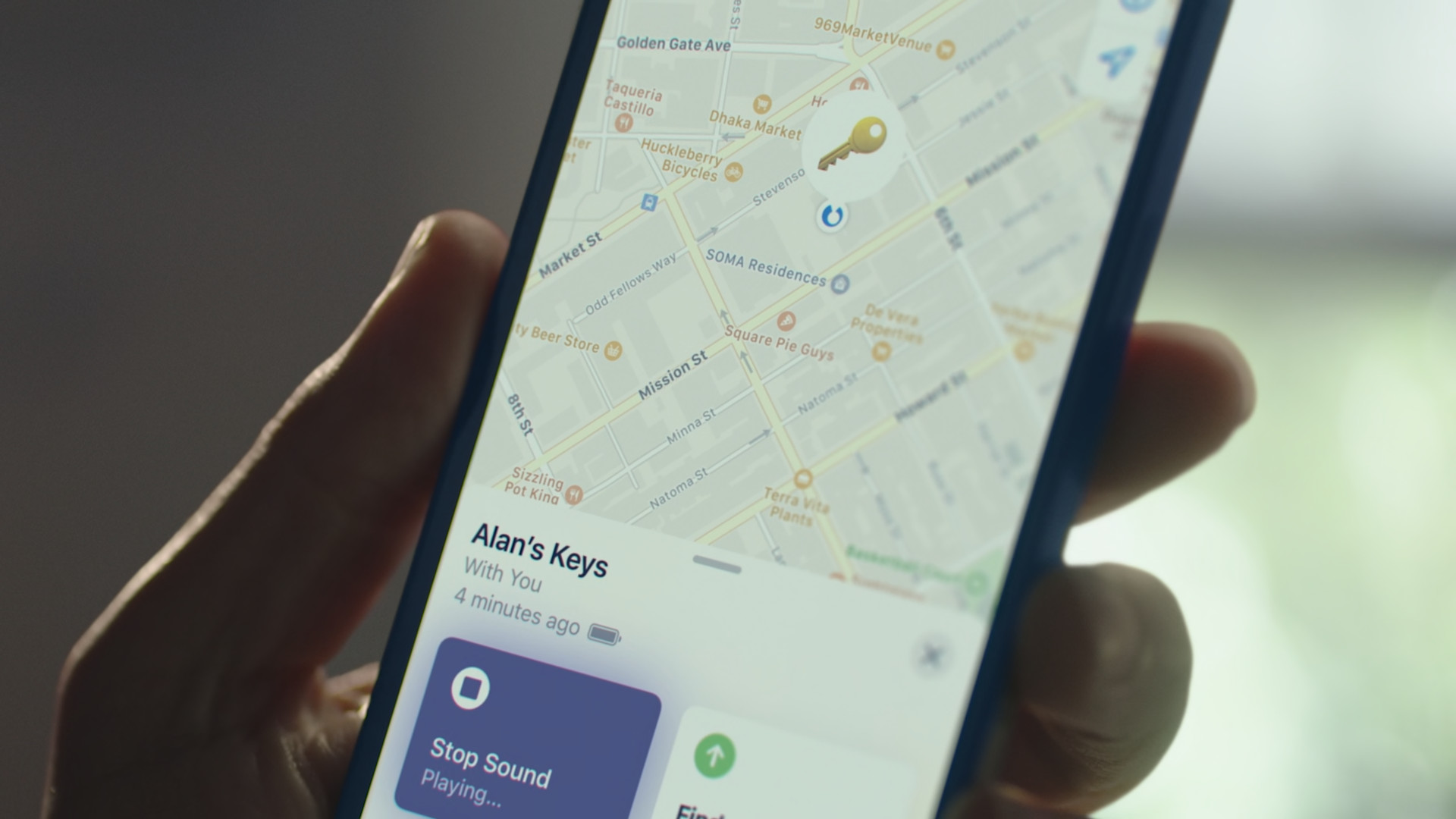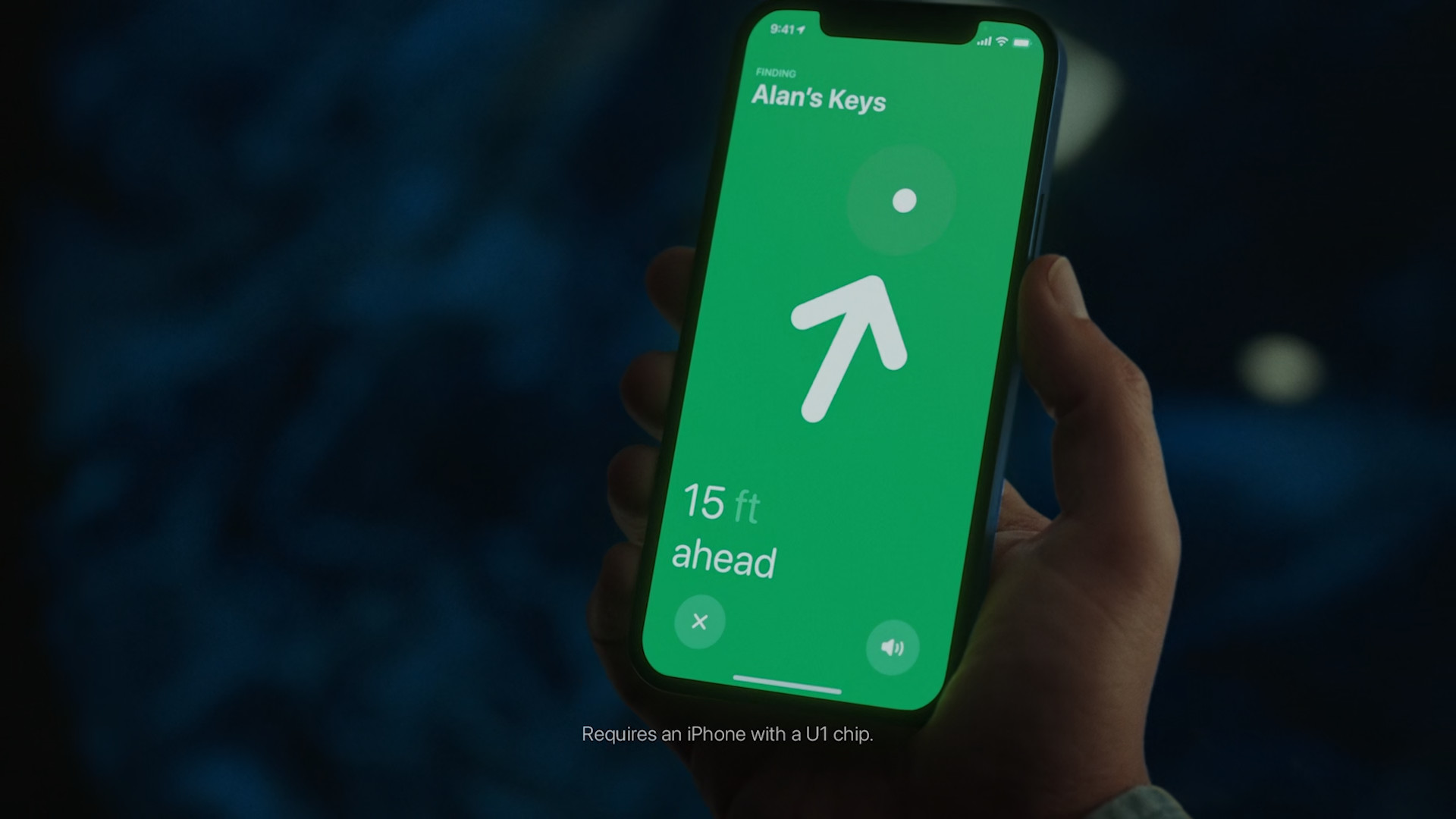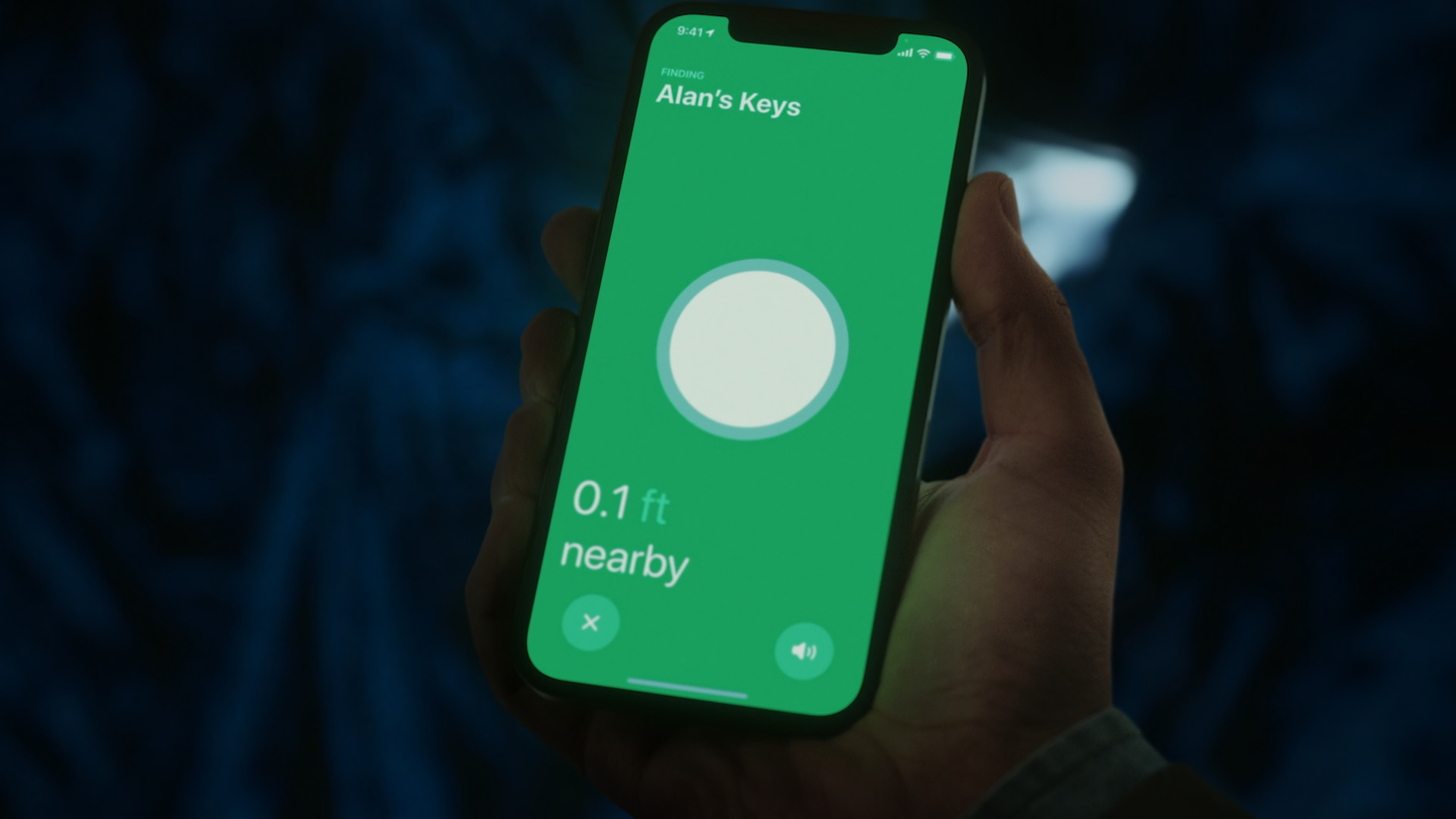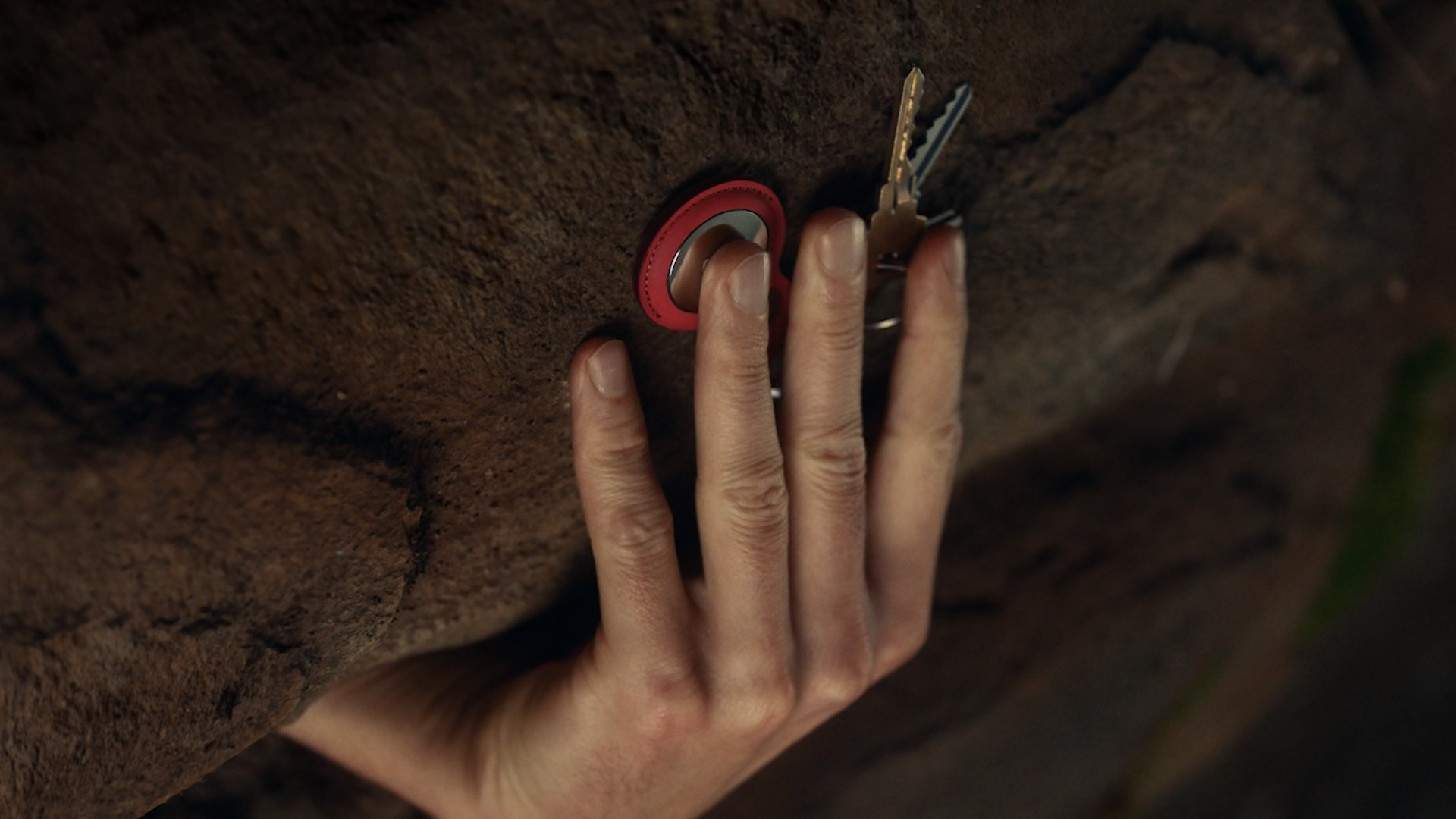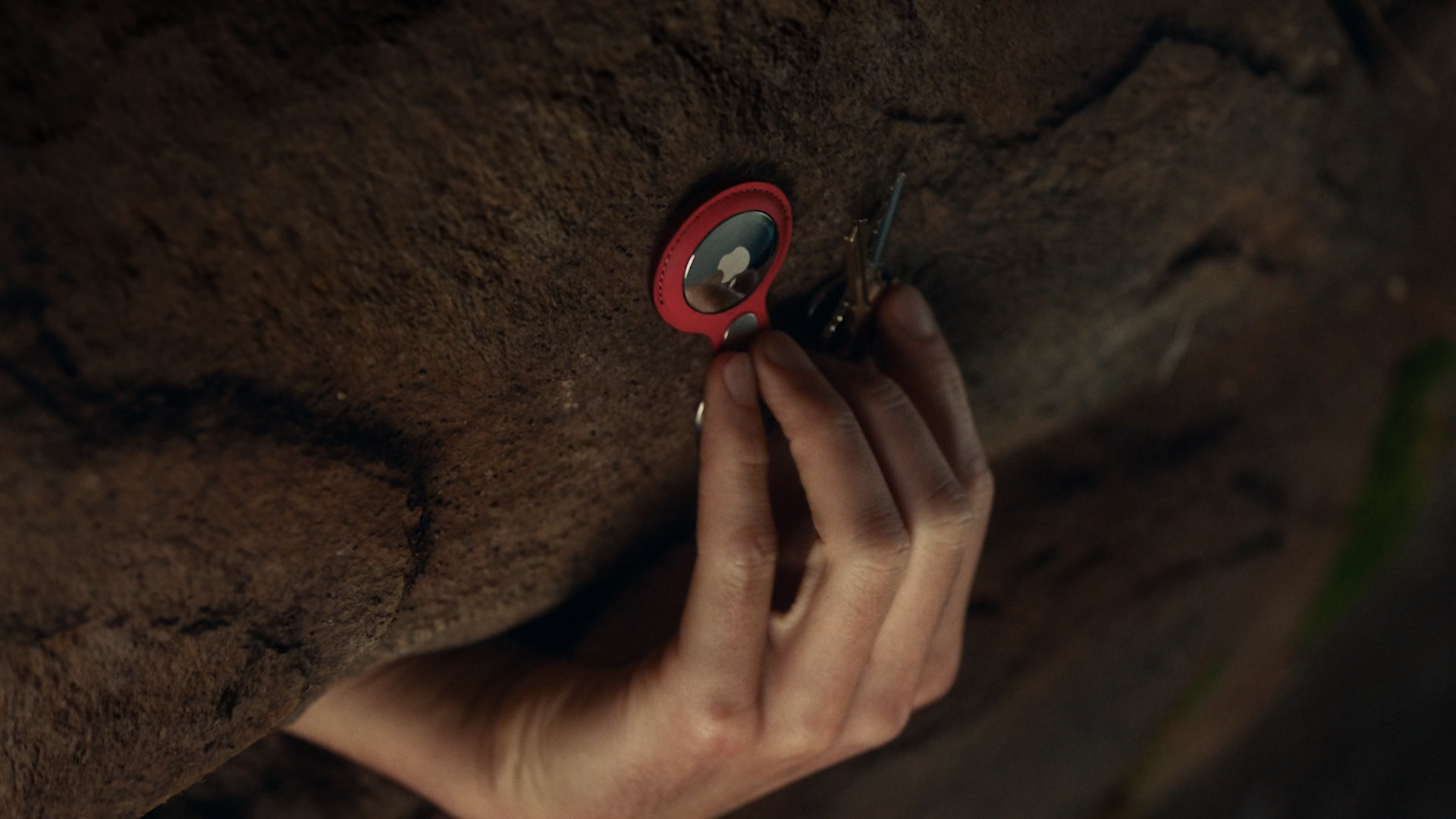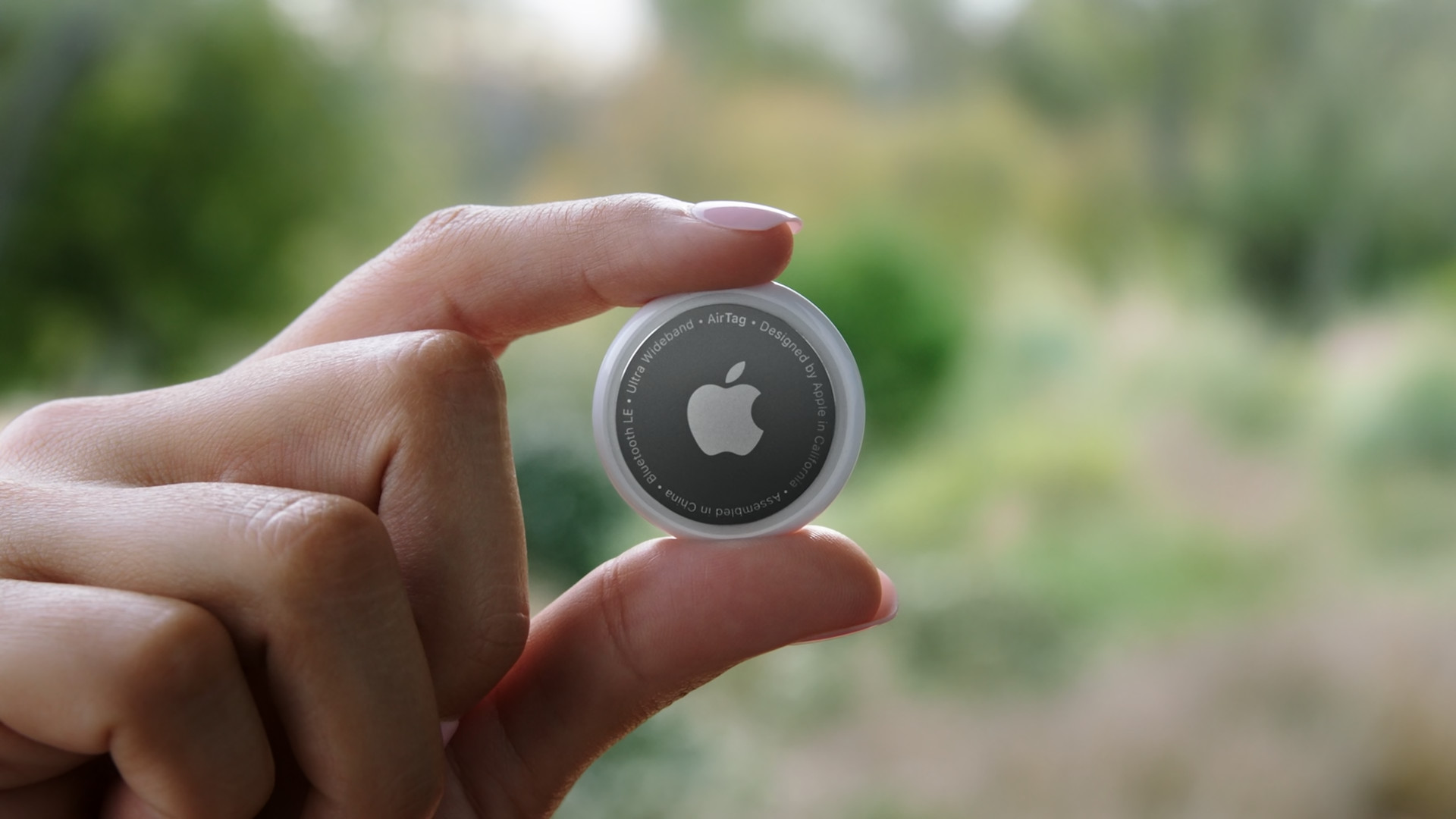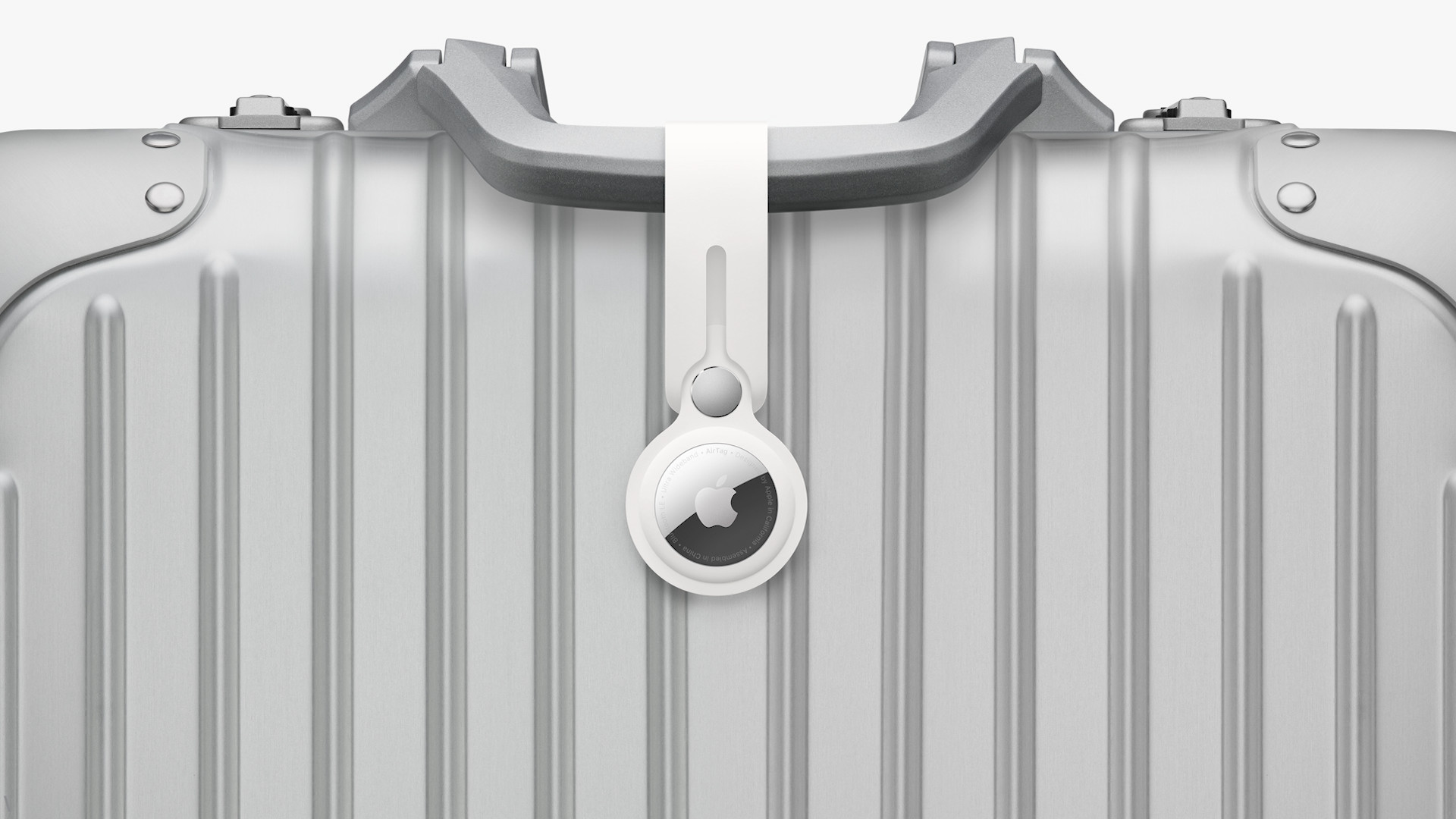Two days ago, at the Apple Keynote, after several long months of waiting, we saw the presentation of the AirTag location tag. However, this pendant is definitely not ordinary - thanks to the Find It network of hundreds of millions of iPhones, iPads and Macs around the world, users can determine its location practically anywhere. AirTags send a secure Bluetooth signal, which all nearby devices in the Find network capture and store their location in iCloud. Everything in this case is of course encrypted and 100% anonymous. But if you want to use AirTag 100%, you will need a newer iPhone.
It could be interest you
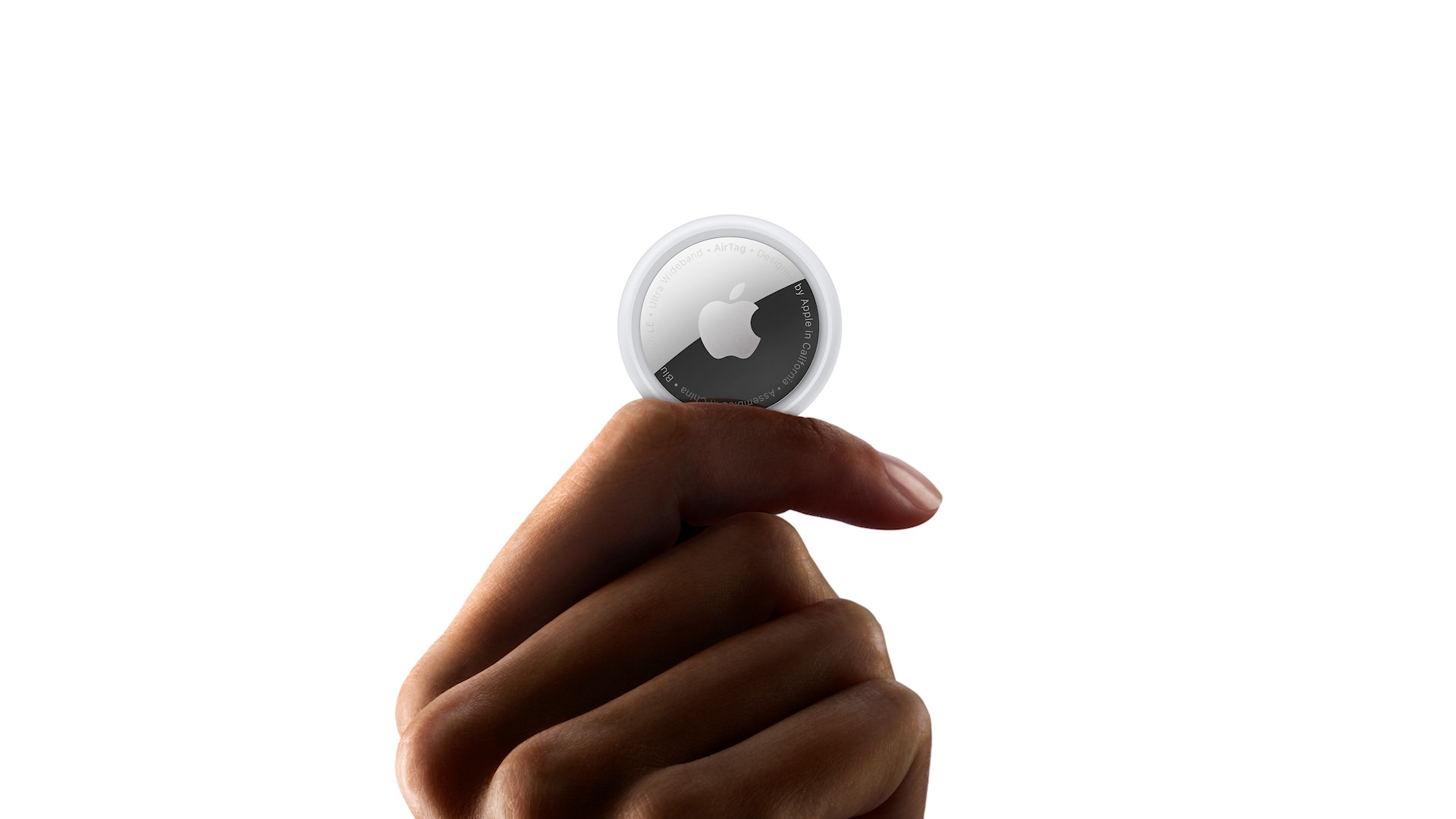
Everyone AirTag locator it has an ultra-wideband U1 chip in its guts. This chip first appeared in the iPhone 11. The name of the chip itself probably doesn't tell you anything, but if we were to define its functionality, it can be said that it takes care of determining the position of the object (or the Apple phone), with an accuracy of centimeters . Thanks to the U1, the AirTag can transmit precise information about its location to the iPhone. An arrow will then appear on the phone screen during the search, which will direct you exactly to the place where the AirTag is located, and you will also learn information about the exact distance. The built-in speaker can also help you in your search, which starts emitting a sound after you so-called "ring" the AirTag.
In order for the aforementioned mutual determination of location and awareness of where something is to work, both devices must have a U1 chip. Therefore, if you purchase an AirTag for an iPhone 11, 11 Pro (Max), 12 (mini) or 12 Pro (Max), you will be able to use it to the full in the manner described above - these devices have U1. However, if you are one of the owners of an iPhone XS or older, this definitely does not mean that you cannot use AirTags at all. It's just that an Apple phone without the U1 can't pinpoint the location of the AirTag perfectly, which can be crucial for some things. In general, it can be assumed that with an older iPhone you will determine the location of the AirTag with similar portability as, for example, when searching for another Apple device - for example, AirPods or a MacBook.
- You can buy Apple products, for example, at Alge, Mobile Emergency or u iStores

